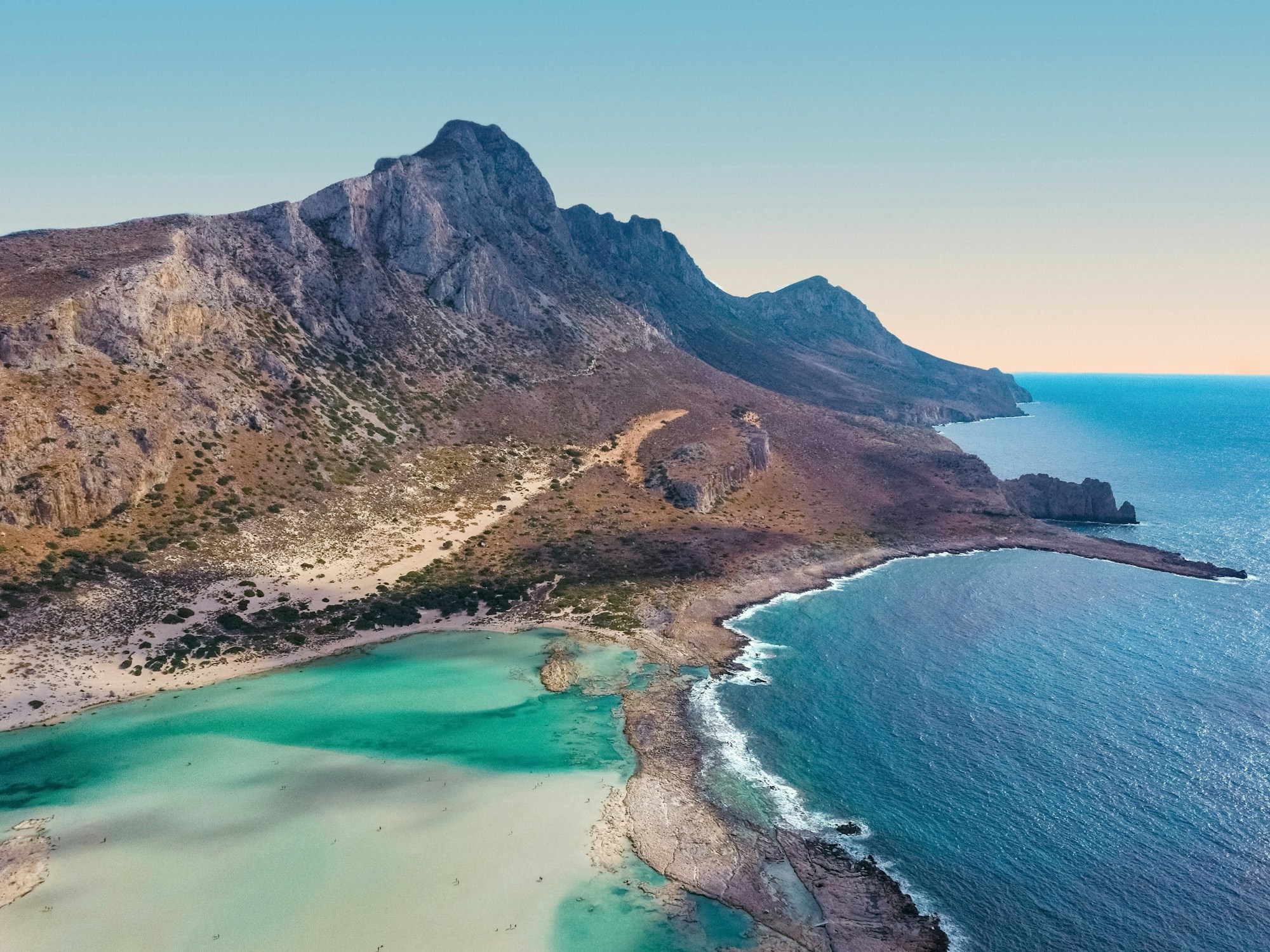Explore Balos: Culture, History, and Festivals Guide
Discover Balos: Dive into its rich culture, history, and vibrant festivals. Your ultimate guide to this enchanting destination.

Balos: Culture, History, and Festivals Guide
Welcome to Balos, an enchanting location on the island of Crete known for its stunning lagoon, pristine beaches, rich history, and vibrant culture. This comprehensive guide will take you through the various facets of Balos, from its historical significance and cultural practices to its popular festivals and local anecdotes.
The Historical Significance of Balos
Balos Lagoon, located in the northwestern part of Crete, has a history that dates back centuries. Originally a site of natural beauty, it also holds historical weight due to its strategic location. It was used as a lookout point by the Venetians during their occupation in the medieval period. The nearby island of Gramvousa also features a Venetian fortress, constructed in 1579, which adds to the historical allure of the area.
The Venetian Influence
The Venetian Republic ruled Crete for over four centuries and left an indelible mark on its architecture, culture, and even cuisine. The Venetian influence is visibly found in the fortress on Gramvousa Island, which provided pivotal defense against pirate invasions. This fortress also holds its own remarkable stories of resistance, especially during the Cretan revolt against Ottoman rule.
Ottoman Rule
Post the Venetian era, the Ottomans took over Crete in the 17th century. The struggles between the Venetians and Ottomans were reflected in the many battles fought over the possession of key locations like Gramvousa and Balos, marking the area as a significant battleground. These historical events have left a lasting legacy, symbolized by the ruins and remnants of past fortifications.
Cultural Practices in Balos
Crete is known for its rich cultural tapestry, and Balos is no exception. The local culture is a mix of traditional Cretan customs blended with lingering influences from Venetian and Ottoman periods. Here are some cultural practices that you will observe in Balos:
- Music and Dance: Traditional Cretan music and dance are integral to the local culture. Lyra, a form of folk music, and dances such as Pentozali are often performed during festivals and celebrations.
- Hospitality: Known for their warmth and generosity, Cretans often welcome visitors with local delicacies such as “raki” and “dakos.” This hospitality is an essential part of the cultural experience in Balos.
- Gastronomy: The cuisine in Balos is distinctively Cretan, featuring fresh produce, local cheeses, and a myriad of herbs and spices. Do not miss tasting the local speciality, “kalitsounia,” a type of small pie.
Festivals in Balos
Balos and its surrounding areas host a variety of festivals that celebrate its rich history and cultural heritage. These festivals are vibrant, featuring music, dance, and traditional food, providing an excellent opportunity to immerse yourself in the local culture.
Gramvousa Traditional Festival
Held in early August, this festival celebrates the historical significance and cultural heritage of the Gramvousa region. Expect traditional Cretan music, dance performances, and a wide array of local foods. It's a true spectacle of local culture and a fantastic way to experience Balos's traditions firsthand.
Fisherman’s Feast
This event takes place in late July and celebrates the maritime heritage of Balos. It includes boat races, seafood feasts, and live music performances. The Fisherman's Feast is a brilliant example of how the sea influences local culture and lifestyle.
St. George's Day
Celebrated on April 23, St. George’s Day is a religious festival marked by church services, community gatherings, and traditional feasting. The local church dedicated to St. George hosts a significant number of worshippers who participate in a liturgical ceremony, followed by communal meals and cultural activities.
Local Anecdotes and Interesting Facts
Balos is not just renowned for its beauty and culture but also for its share of local legends and interesting facts:
Legend of the Pirate Gramvousa
According to local lore, the island of Gramvousa was a pirate stronghold after the Venetian Fortress fell to the Ottomans. It’s said that the pirates used the fortress as a base for their marauding activities, and treasures from their exploits are rumored to be buried somewhere on the island.
Unique Pink Sand
One of the fascinating natural phenomena of Balos Lagoon is its unique pink sand. The sands get their pink hue from the crushed shells of tiny marine organisms, lending an ethereal beauty to the beaches. This rare natural occurrence makes Balos one of the most picturesque locations in Crete.
Turtle Nesting Grounds
The beaches around Balos are also important nesting grounds for the endangered loggerhead turtle (Caretta caretta). Conservation efforts ensure these beautiful creatures have a safe environment to lay their eggs, adding an ecological significance to the area's natural beauty.
Visiting Balos: Practical Information
To fully enjoy the magic of Balos, here's some practical information that might come in handy:
- Best Time to Visit: The best time to visit Balos is from May to September when the weather is warm, and the sea is perfect for swimming.
- Getting There: You can reach Balos by boat from Kissamos or by car followed by a trek from the parking area. Both options offer stunning scenic views.
- Accommodation: While there are no accommodations directly at Balos, nearby towns such as Kissamos offer a range of options from budget-friendly hotels to luxurious resorts.
- What to Pack: Don’t forget to pack sunscreen, water, comfortable walking shoes, and a camera to capture the stunning landscapes.
Whether you're a history buff, a cultural enthusiast, or simply seeking natural beauty, Balos offers a unique blend of all these elements. From its turquoise lagoon and pink sand beaches to its historical sites and vibrant festivals, Balos is a destination that promises a memorable experience.
